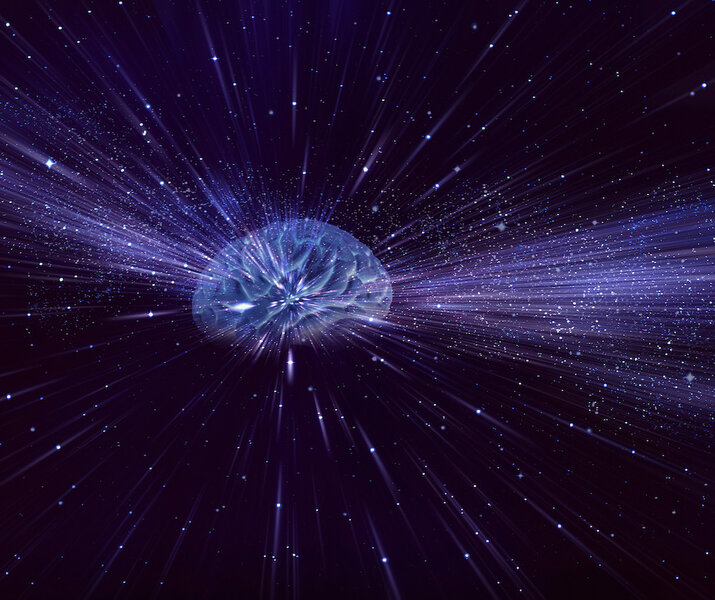Create a free profile to get unlimited access to exclusive videos, sweepstakes, and more!
Long-term Space Travel Changes the Shape of Astronauts’ Brains
Space brain is real, but we don't know what it means.
In the 2014 science fiction thriller Lucy — from director Luc Besson (The Fifth Element, Valerian and the City of a Thousand Planets) and starring Scarlett Johannson in the title role — Lucy is tricked into transporting an experimental drug while studying abroad. During an altercation, the drug containers sewn into her body break, releasing the drug into her system. As the story progresses, Lucy’s mental and physical abilities grow as a result of the drug, changing her mind and body until she is no longer recognizably human.
Something similar, albeit on a much smaller scale, happens to astronauts on long-duration space flights. Although, to date, if any of them have developed superpowers, they aren’t telling. It’s no secret that space travel has a significant impact on the human body. Astronauts regularly return home with some muscle and bone loss. Anemia is common, as are nausea, dizziness, headaches, and confusion. Now, a study published in the journal Scientific Reports details new findings on the impact of space travel on the human brain.
How Space Travel Changes the Shape of the Brain
While scientists knew there was some impact to the structure of the brain during spaceflight, it was unclear if those changes differed based on flight duration or previous flight experience. To find out, scientists looked at changes in the distribution of gray matter, white matter, and extracellular free water inside the brain. They also looked at the volume of ventricles, naturally occurring cavities in the brain, pre-flight and post-flight, for a sample of 30 astronauts.
RELATED: Meet the Artemis II astronauts, set to take NASA's historic 2024 return trip around the Moon
The sample group contained eight astronauts who completed two-week missions, 18 astronauts who completed six-month missions, and four astronauts who completed missions up to a year in length. The study found that longer missions were associated with greater expansion of the right lateral and third ventricles in the brain.
Those ventricles are filled with cerebrospinal fluid which helps to protect and nourish the brain. In microgravity, the forces working on the brain are different, allowing the brain to shift upward and the ventricles to expand by up to 25% of their normal volume. At present, it is unclear if or to what degree the ventricle expansion impacts cognitive performance or health.
It’s not all bad news, though. The study also found that there is no significant ventricle expansion during the first two weeks of space travel. That’s encouraging for things like space tourism, which likely won’t keep people in orbit much longer than that.
“The biggest jump comes when you go from two weeks to six months in space. There is no measurable change in the ventricles’ volume after only two weeks,” said Rachael Seidler, one of the study’s authors, in a statement.
While brain changes do increase significantly from two weeks to six months, researchers found that the majority of changes occur within the first six months, after which they taper off. That’s good news for upcoming planned Mars missions, which will land a minimum of a couple of years.
That doesn’t necessarily mean we’re out of the woods. While astronauts might accept the potential cognitive risks inherent in space travel, until we have a better understanding of the downstream consequences, the space limit for most of us will be a couple of weeks.
Of course, if you can transform yourself into a being of pure energy, you can go wherever you want. Watch Lucy to find out how.































